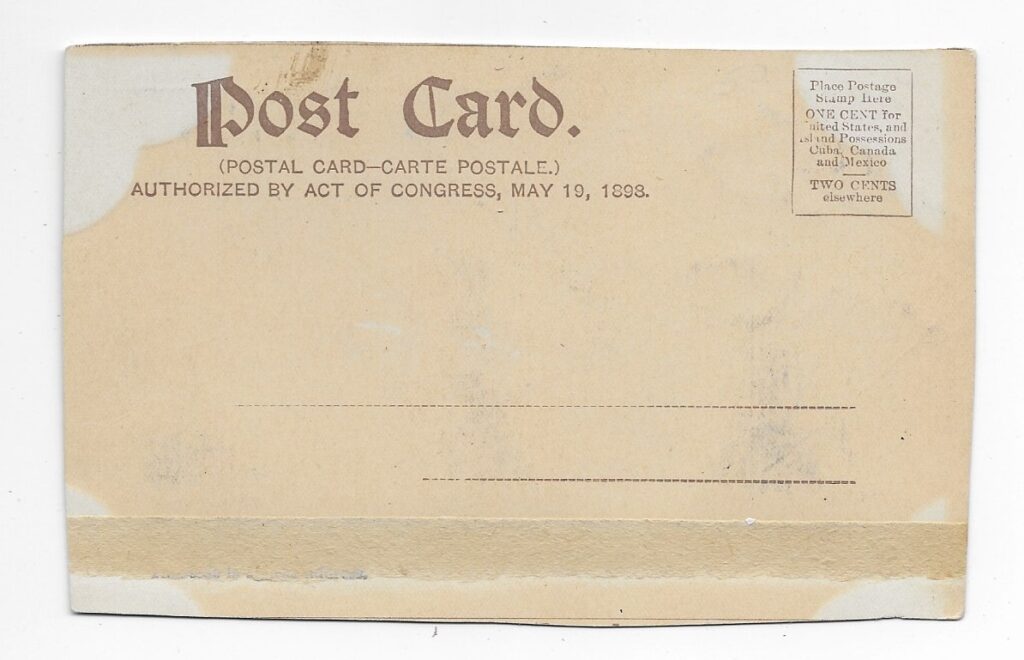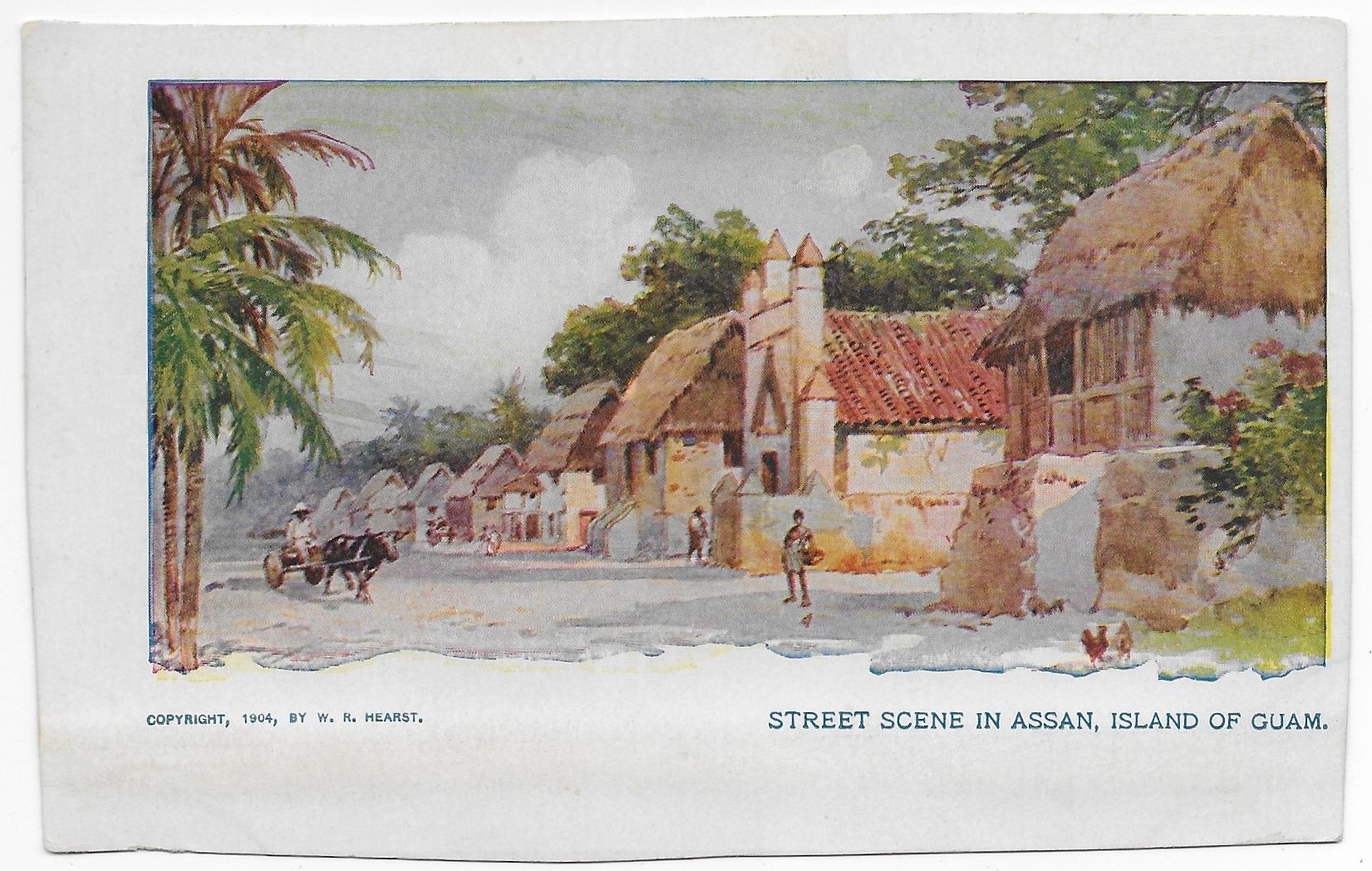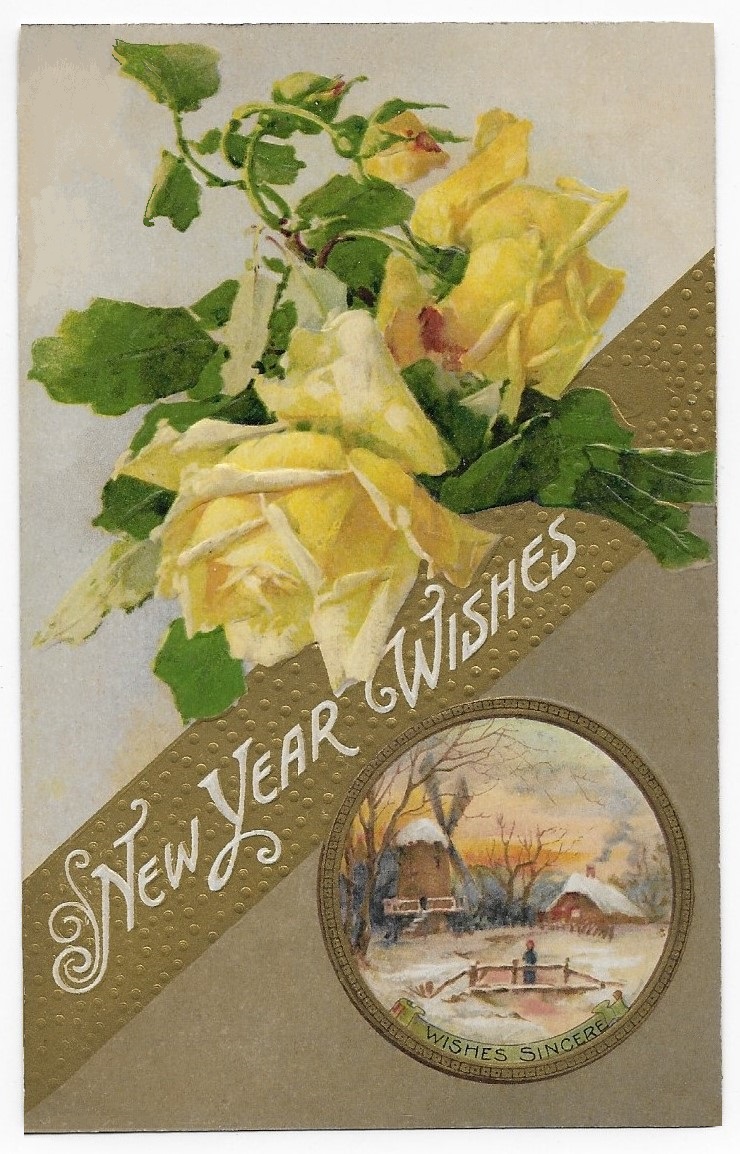This postcard was not mailed, so there is no personal story attached to it.
It is interesting as a bit of media intervention in the national argument over US Expansionism that occurred in the first decade of the 20th century.
https://en.wikipedia.org/wiki/Manifest_destiny
+ + + + + +
The Spanish-American War (1898), extensively boosted by the newspaper baron, William Randolph Hearst, concluded with the Treaty of Paris.
https://en.wikipedia.org/wiki/Yellow_journalism
By this accord, Spain relinquished colonial territories in the Atlantic and the Pacific to the new Imperial power – the United States.
In the Atlantic, the US took possession of Puerto Rico and was granted enormous influence over trade and industry in Cuba.
In the Pacific, the US took possession of the Philippine islands and of Guam.
https://en.wikipedia.org/wiki/Treaty_of_Paris_(1898)
(The Philippine Islands attempted to form a Republic but were crushed by a brutal and cruel military offensive by the US.)
https://en.wikipedia.org/wiki/Philippine%E2%80%93American_War
+ + + + + + + +
These new territories of the US were featured in colorful postcards enclosed within copies of Mr. Hearst’s newspapers.
(Hearst had assembled the largest media empire in the US, including 28 major newspapers, a wire service, numerous radio stations, and a movie studio.)
https://en.wikipedia.org/wiki/William_Randolph_Hearst
The postcards were widely-collected: one can still find many unused postcards that were saved from Hearst newspapers in the early 20th century.
Here, we see a bit of original postcard art portraying “Street Scene in Assan” (sic) of the “Island of Guam”.
Asan, on the west coast of Guam, was an ancient fishing village that was transformed into a center of sugar cane agriculture during the century of Spanish colonial rule.
It has been home to prison colonies, a leper colony, and then to a major US Naval base.
Asan was occupied by the Japanese in the early years of the Second World War.
https://en.wikipedia.org/wiki/Asan,_Guam
The beach at Asan was the site of the US invasion that successfully re-took the island in 1944.





